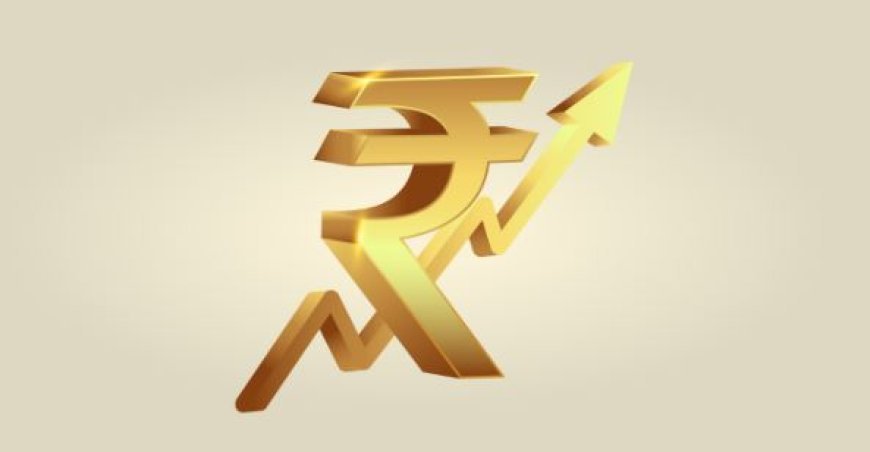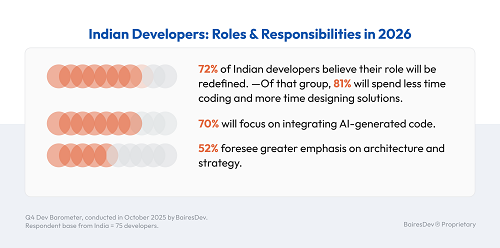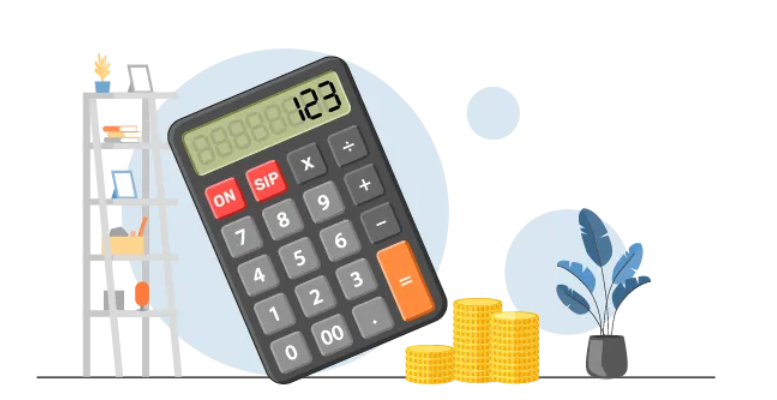Keeping up with the gold rate trends in India with Bajaj Finance

Gold has long held a significant place in the diverse economic landscape of India. Beyond its cultural and traditional significance, gold serves as a reliable investment avenue for millions of Indians. The volatility of global and domestic markets, along with the uncertainty of other investment instruments, has made gold a preferred choice for safeguarding wealth.
 |
Tracking gold rates with Bajaj Finance
Want to get your story featured as above? click here!
Want to get your story featured as above? click here!
Therefore, keeping track of the current gold rate trends in India is essential for making informed financial decisions. With Bajaj Finance, staying updated on the gold rate today in India or in cities like Bangalore, Delhi, Pune, or Chennai becomes effortless.
Understanding the factors influencing gold price today in Bangalore, and in other cities in India, helps investors and borrowers in making informed decisions, timing purchases or sales, and mitigating risks. It ensures optimal portfolio diversification, aligns with economic indicators for broader insights, and enables long-term investment planning, enhancing the potential for favourable outcomes in gold investments.
Here are some of the key factors influencing gold rates in India:
-
Global gold prices: The fluctuation of international gold prices significantly influences local rates. When global gold prices rise or fall, this trend often reflects in the prices.
-
Currency exchange rates: Changes in currency values, especially concerning the Indian Rupee against the U.S. Dollar, can notably impact the per gram gold rate in India. A weaker rupee against the dollar often leads to higher gold prices in India and vice versa.
-
Demand and supply: Local demand for gold jewellery, coins, and bars, alongside the overall supply of gold available in the market, directly impacts prices in India. Increased demand or limited supply tends to raise gold prices, while reduced demand or surplus supply can result in price drops.
-
Inflation: Economic conditions, particularly inflation rates, have a substantial effect on the value of gold as a safeguard against inflation in India. In times of higher inflation, gold often serves as a preferred investment, causing its prices to surge.
-
Interest rates: There exists an inverse relationship between interest rates and gold prices. Higher interest rates typically lead to lower gold prices. Conversely, lower interest rates often push gold prices higher.
-
Government policies: Government-imposed import duties and other regulations concerning gold can significantly impact prices in India. Changes in these policies can lead to immediate fluctuations in gold rates within the region.
-
Market speculation: Investor sentiment and speculative trading activities can cause short-term swings or fluctuations in gold prices in India. Speculative behaviours often contribute to temporary spikes or drops in gold rates.
Impact of gold rates on gold loans
For those considering gold loans, understanding the gold price today is crucial. Bajaj Finance offers gold loans from Rs. 5,000 up to Rs. 2 crore at attractive interest rates, starting as low as 9.50%* per annum. This makes monitoring the gold rate today important, as it directly impacts the loan amount one can secure against their gold jewellery.
When prices rise, loan amounts increase, borrowers can expect more funds against their gold jewellery. While lower gold rates can mean reduced borrowing amounts. The amount of loan offered is based on the percentage of the golds value, tied to market rates. Hence, monitoring rates can help optimise borrowing against current values.
Terms and conditions apply.
About Bajaj Finance Limited
Bajaj Finance Ltd. ('BFL', 'Bajaj Finance', or 'the Company'), a subsidiary of Bajaj Finserv Ltd., is a deposit taking Non-Banking Financial Company (NBFC-D) registered with the Reserve Bank of India (RBI) and is classified as an NBFC-Investment and Credit Company (NBFC-ICC). BFL is engaged in the business of lending and acceptance of deposits. It has a diversified lending portfolio across retail, SMEs, and commercial customers with significant presence in both urban and rural India. It accepts public and corporate deposits and offers a variety of financial services products to its customers. BFL, a thirty-five-year-old enterprise, has now become a leading player in the NBFC sector in India and on a consolidated basis, it has a franchise of 72.98 million customers. BFL has the highest domestic credit rating of AAA/STABLE for long-term borrowing, A1+ for short-term borrowing, and CRISIL AAA/STABLE & [ICRA]AAA(Stable) for its FD program. It has a long-term issuer credit rating of BB+/Positive and a short-term rating of B by S&P Global ratings.
To know more, visit www.bajajfinserv.in.
![]()
Want to get your story featured as above? click here!
Want to get your story featured as above? click here!
















































































































